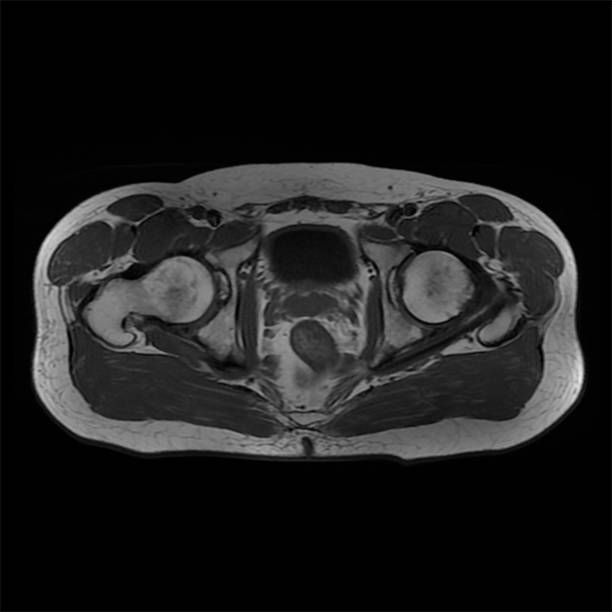Agricultural Multifunctionality and the Agrarian Economy
Agricultural economy is a set of activities carried out in the agricultural sector, which involves the growing of agricultural products, processing of agricultural products and transportation of agricultural products. It is the main source of food and raw materials for human consumption and provides employment opportunities for millions of people. However, the agrarian economy is also characterized by instability of prices for agricultural products and concentration in certain regions. In addition, it lacks scientific and regulatory support for training personnel and specialists in the agro-industrial complex.
Multifunctionality
Agricultural multifunctionality is an agricultural phenomenon that considers both economic and environmental issues. It is characterized by a variety of agricultural activities that require appropriate knowledge and technology to implement. It has become a political issue in some countries.
The concept of multifunctionality was introduced at the Rio Earth Summit in 1992. The OECD defines it as: “multiple commodity outputs and non-commodity outputs exhibiting characteristics of externalities or public goods.” It is also defined as “an activity in which the production process is a non-linear, non-one-dimensional process.”
Multifunctionality is an alternative to post-productivism. Post-productivism focuses on ecological farming, biological methods and multiple paths for food production. The key feature of this agricultural paradigm is the ability for farmers to choose their own driving forces.
Post-productivism derives from the modernization era. In productivism, farmers typically have been price takers or market followers. Post-productivism, however, is characterized by an active role for farmers. Post-productivism also requires a reorientation of farmers’ production processes. It involves a shift from economic growth to sustainable development.
Multifunctionality is a key concept in the policy discussion on agriculture in Canada. However, not all Canadians support it. Those that do see it as a gateway to the future for agriculture in Canada. A recent workshop hosted by the Canadian Federation of Agriculture (CFA) discussed ways to support multifunctionality. The document is drawn from key presentations made at the workshop.
Agricultural multifunctionality is a concept that needs to be included in the policy and regulatory framework of rural development in Canada. It should be used as a means to encourage innovation among farmers. Using tools to regulate markets will also help farmers. Farmers can be compensated by subsidies, and they can be assisted by government involvement. The federal government has recently introduced rural development tools.
The concept of multifunctionality has been gaining ground in scientific discussions. However, it still needs to be defined and understood. It is important for policymakers to address issues that are at stake. It is also important to identify the role that agriculture should play in rural development. It is also important to consider the role that agriculture can play in reducing the negative impact of the agricultural industry on the environment.
Instability of farm prices
Agricultural commodity prices have experienced tremendous volatility in the past few years. This has increased interest in the market. This has affected the agrarian economy as a whole. This has also affected international trade. There are various mechanisms through which governments can intervene in the agricultural market.
One of the most common mechanisms is through the state marketing boards. These boards are legally constituted to buy agricultural products from farmers and resell them to the domestic market. The boards often pay farmers between three and half of the price paid by the consumer.
Another mechanism is through the Commodity Credit Corporation. This is an agency within the United States Department of Agriculture. The CCC buys to support the farm price of dairy products. The agency accumulates a small inventory. It is often accompanied by import quotas.
The agricultural price support system also involves price insurance. Farmers can buy a guarantee of the minimum price. They are also allowed to purchase government-subsidized crop insurance. This can help reduce income variability. The insurance is usually purchased in the futures market.
Technological change can also affect the price of agricultural products. This is because it lowers costs per unit of output. Also, intensification of production can increase yield. This requires heavier doses of fertilizer and agricultural chemicals.
The market structure also plays a role in the asymmetry of the price transmission. The size of the upstream sector, for example, can affect the asymmetry. In addition, concentration of power among the stakeholders can also be a factor.
The agricultural price support system can be beneficial. However, this effect can only be sustained when the government intervenes. The government can help to stabilize farm prices by limiting production. The government can also subsidize the price through price-support programs.
The government can also intervene to ensure that farmers do not sell their produce below a quota. The government can also intervene through regulations aimed at balancing market power. This is not always the case.
The agricultural price support system is a complex system, which is influenced by the relative wealth of the country. In the United States, the government combines income supports with price supports. It also combines deficiency payments with the price supports.
Concentration in certain regions
Increasing economic concentration in certain regions of the agrarian economy has attracted attention in recent years. The World Bank performed a cross-country comparison of spatial economic agglomeration in 200 countries. The results showed that Thailand’s spatial economic agglomeration in 2000 was relatively high for a developing country.
The analysis showed that high levels of enterprise are concentrated in the central national corridors, near major roads intersections, and near main transportation arteries. These areas have favorable physiographic conditions, such as flat topography, good soil, and proximity to rivers. However, the study also showed that areas of greater concentration are characterized by a decrease in enterprise levels as travel time increases.
The study also showed that agglomerations of enterprise have a negative correlation with distance to market and infrastructure. The results revealed that areas with high levels of enterprise are located in areas with good weather conditions, low rainfall variability, and favorable topography. The study also showed that agglomerations with high levels of enterprise are located along main transportation arteries, and are largely interspaced by hot spots.
The study also revealed that there are significant stagnate enterprise spatial clusters that are located in the Northeast and Sisaket provinces. In addition, the study found that some areas of greater concentration are characterized by lagging enterprise growth, while others are permanently lagging. The results also revealed that areas of convergence have low initial levels of enterprise, but later show high growth. The results also showed that areas with higher initial levels of enterprise are located close to large towns, major roads intersections, and the national corridor.
A large area of Bangkok metropolitan area is located along the central developed corridor of Thailand. The study also identified significant areas of enterprise concentration in the Western corridors of Chachoengsao, a heavily developed outskirt of Bangkok. These areas were also identified as areas of subsequent growth of enterprise.
The study also found that there are significant areas of isolation that are associated with racial and economic segregation. Areas of greater isolation are located away from large towns and major road networks. They also have lower labor productivity, greater employment shares in agriculture, and worse health outcomes.



